Complete Lever Reverse Grip Lateral Pulldown Exercise Guide
Learn everything about Lever Reverse Grip Lateral Pulldown exercise including proper form, muscles worked, benefits, variations, alternatives, and common mistakes to avoid.
Muscles Worked & Equipment
Primary Muscles
Secondary Muscles
Equipment Needed
Muscle Categories
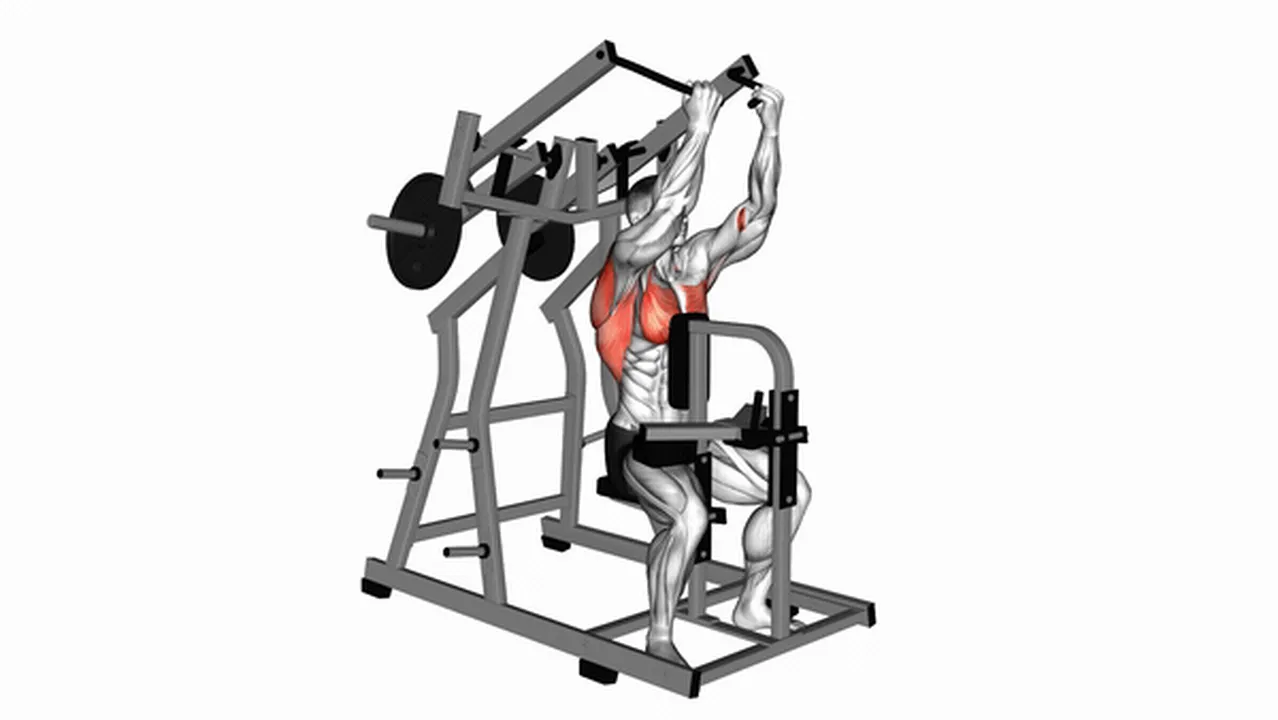
Introduction
1.
It really works the latissimus dorsi muscles, which are the large muscles on your back.
2.
This exercise is special because it makes those upper back muscles work harder.
3.
This helps you get a more defined and shaped back.
4.
Adding this exercise to your workouts will make your pulling muscles stronger.
5.
It will also improve your overall upper body strength and help you have better posture.
6.
Whether you're just starting out or you're a more experienced lifter, this exercise is important for building a strong back.
 Zylo AI
Zylo AI
Free Calorie
Counter
App
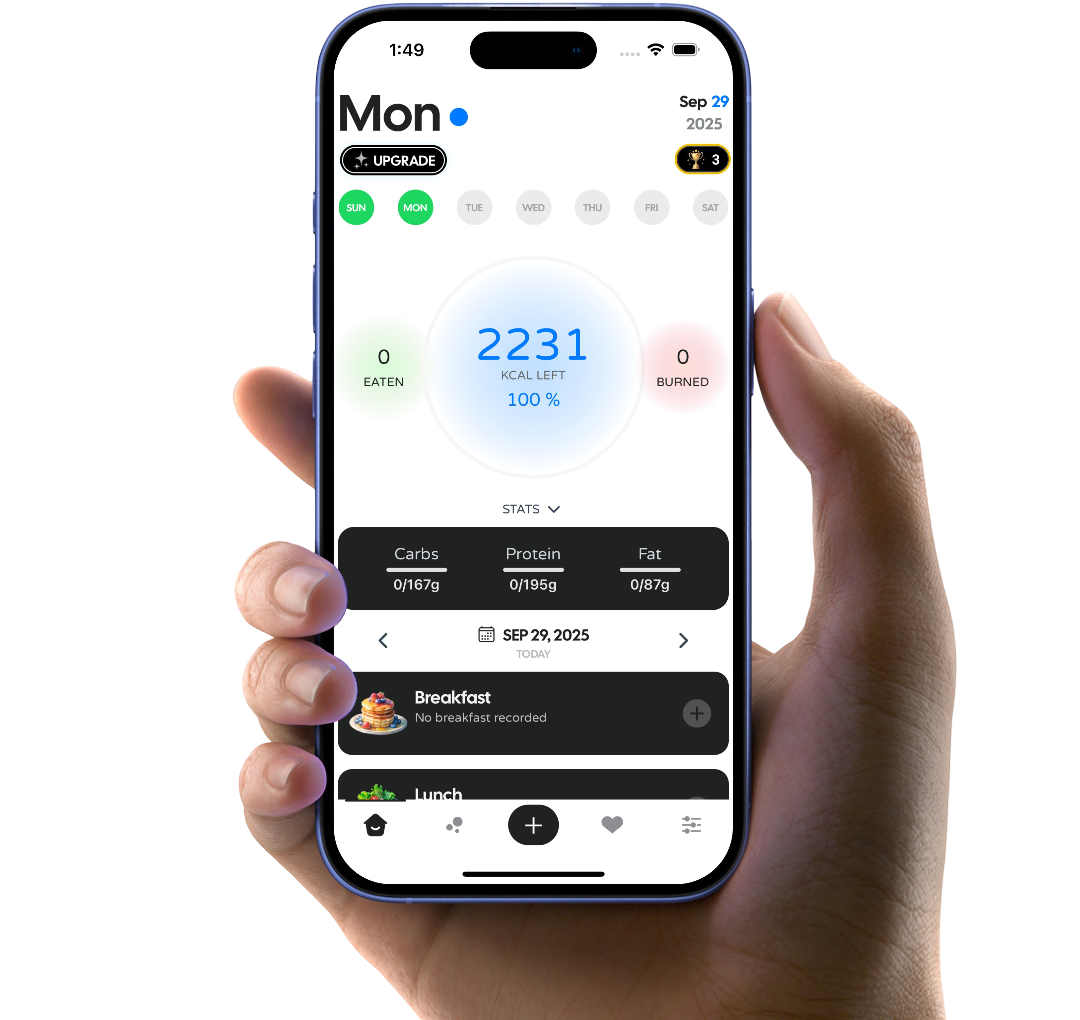





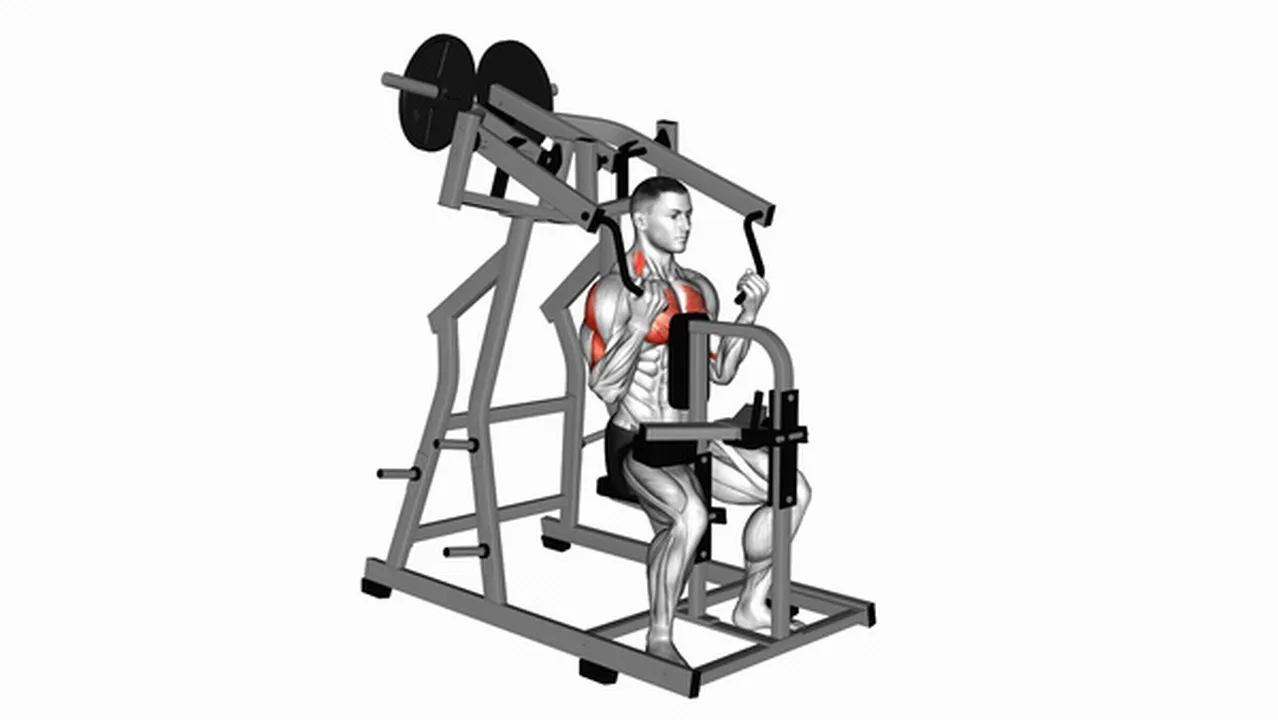
What are the benefits of Lever Reverse Grip Lateral Pulldown?
1.
It strengthens your upper back muscles: This exercise mainly works your latissimus dorsi (lats), rhomboids, and trapezius muscles. These are important muscles for a strong back and good posture. Stronger lats help you pull things, like a heavy box or a door.
2.
It improves your pulling power: Because it's a pulling exercise, it makes you better at other pulling movements in sports and everyday life. Think about pulling a suitcase, opening a jar, or even swimming.
3.
It helps you stand up straighter: Stronger back muscles help support your spine, which means better posture. This can reduce back pain and make you look more confident.
4.
It helps your muscles grow: The reverse grip (palms facing you) works your back muscles in a slightly different way than a regular grip, which can lead to more muscle growth.
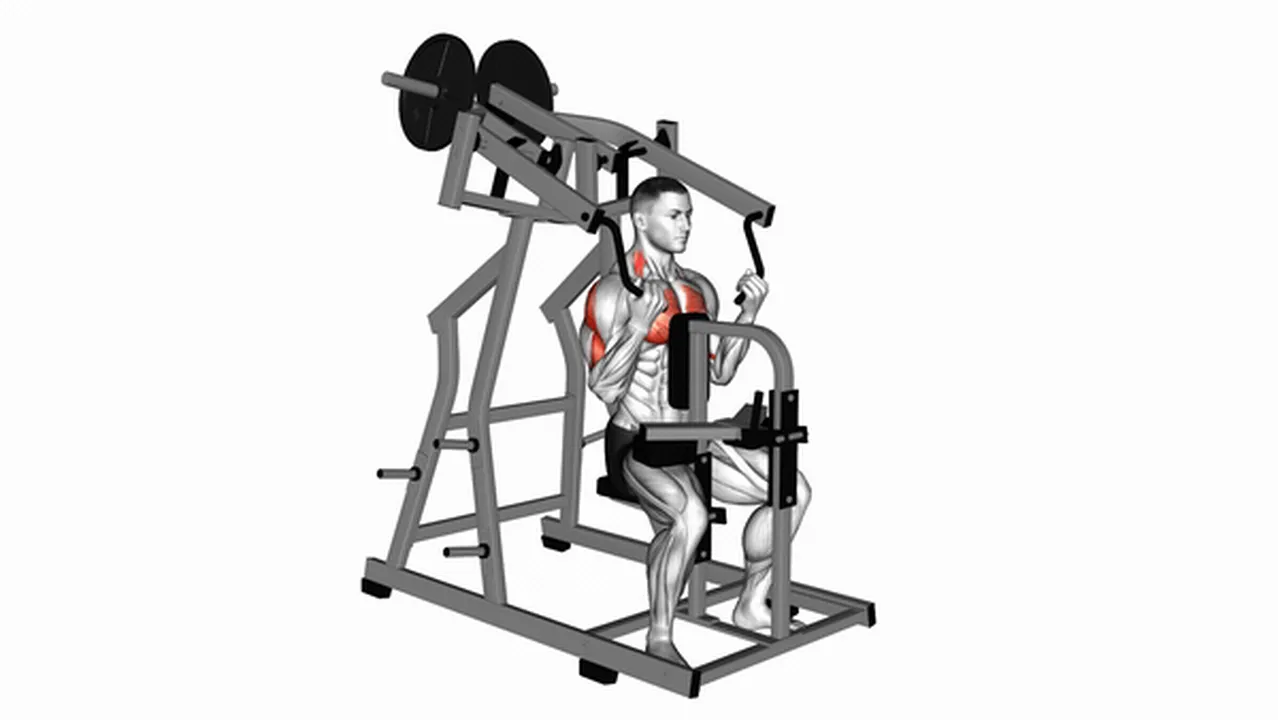
How to do Lever Reverse Grip Lateral Pulldown?
1.
Grab the Bar: Hold the bar with your palms facing you (reverse grip). This changes which muscles you work.
2.
Good Posture: Sit up straight, chest out, shoulders back. Tighten your stomach muscles to stay balanced.
3.
Pull it Down: Breathe in and pull the bar down to your chest. Try to pull your shoulder blades together as you do this. This is the main part of the exercise.
4.
Slow and Steady: Breathe out as you slowly let the bar go back up to the starting position. Keep some tension on the muscles the whole time. Don't just let it drop.
5.
Repeat: Do the exercise as many times as your workout plan says. Listen to your body and stop if you feel pain.
6.
Important Tip: Don't use quick movements or swing your body. Control the weight with your muscles. This makes the exercise more effective and safer.
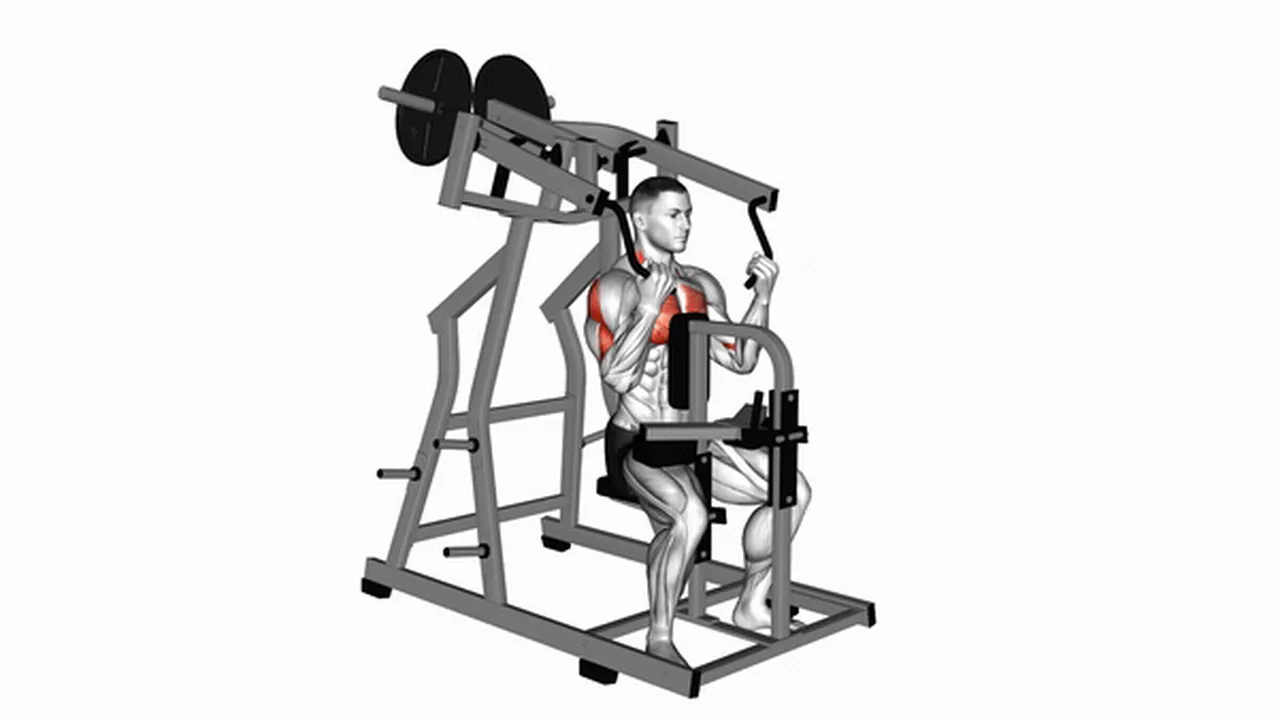
Common variations of Lever Reverse Grip Lateral Pulldown
1.
Try the Lever Lateral Wide Pulldown: This exercise works the same muscles (your back muscles) but uses a wider grip. This change can make different parts of your back work harder.
2.
Consider the One Arm Lateral Wide Pulldown: This exercise focuses on one side of your back at a time. This helps make both sides of your back equally strong and can fix any muscle imbalances.
3.
Another good option is the Lever Reverse T-Bar Row: This exercise is a bit different because you pull the weight towards you instead of pulling it down. It still works your back muscles, especially the ones near your shoulders and upper back.
4.
These exercises all work similar muscles but are done in different ways. Switching things up keeps your workouts interesting and helps you get better results.
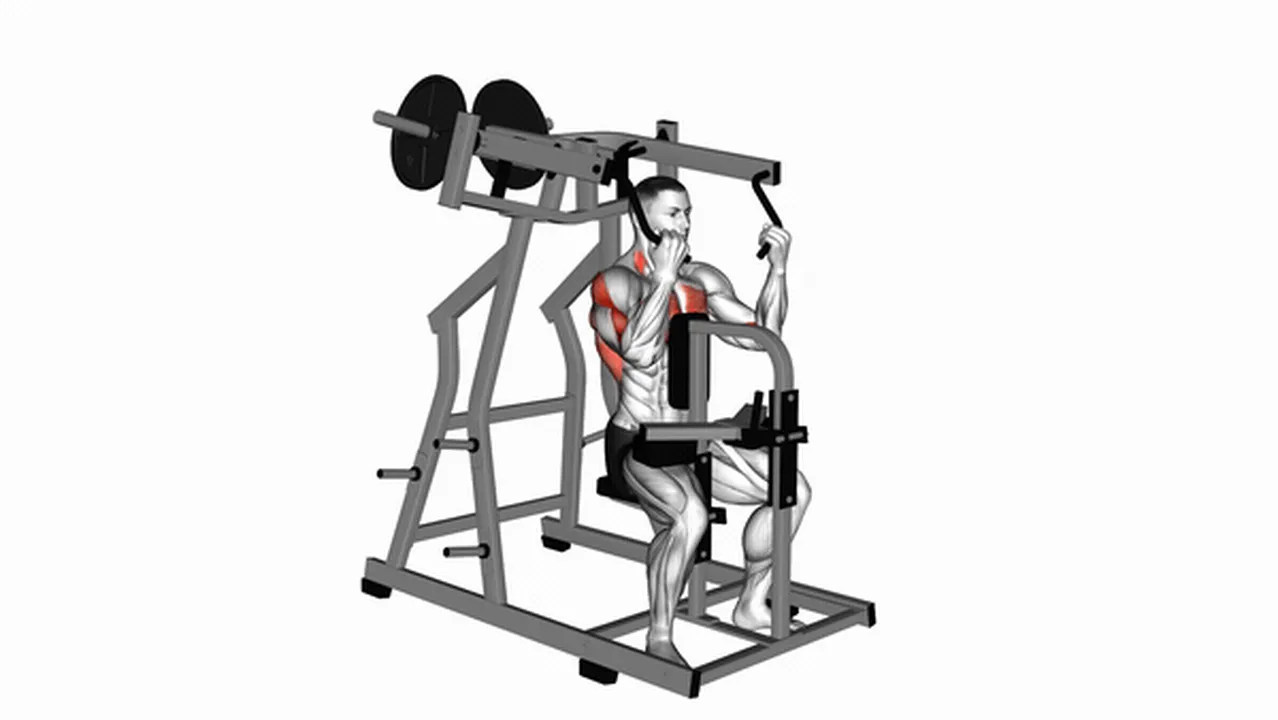
Alternatives to Lever Reverse Grip Lateral Pulldown
1.
Lever Lateral Wide Pulldown: This exercise uses a wide grip. This helps you work your back muscles more, especially the lats (the large muscles on your sides). It also makes your grip stronger and improves your posture.
2.
Lever Lateral Pulldown (Standard Grip): This is a basic but effective exercise. It's good for building strength in your upper back and is easy to learn, making it great for beginners and experts alike.
3.
Reverse Grip Machine Lat Pulldown: This uses a machine for support and a reverse grip (palms facing you). This focuses on your upper back and biceps. The reverse grip helps improve your grip strength and shoulder stability.
4.
All three exercises are great for building upper body strength, improving your posture, and making your back muscles stronger. Experiment to find your favorite!
 Zylo AI
Zylo AI
Free Calorie
Counter
App






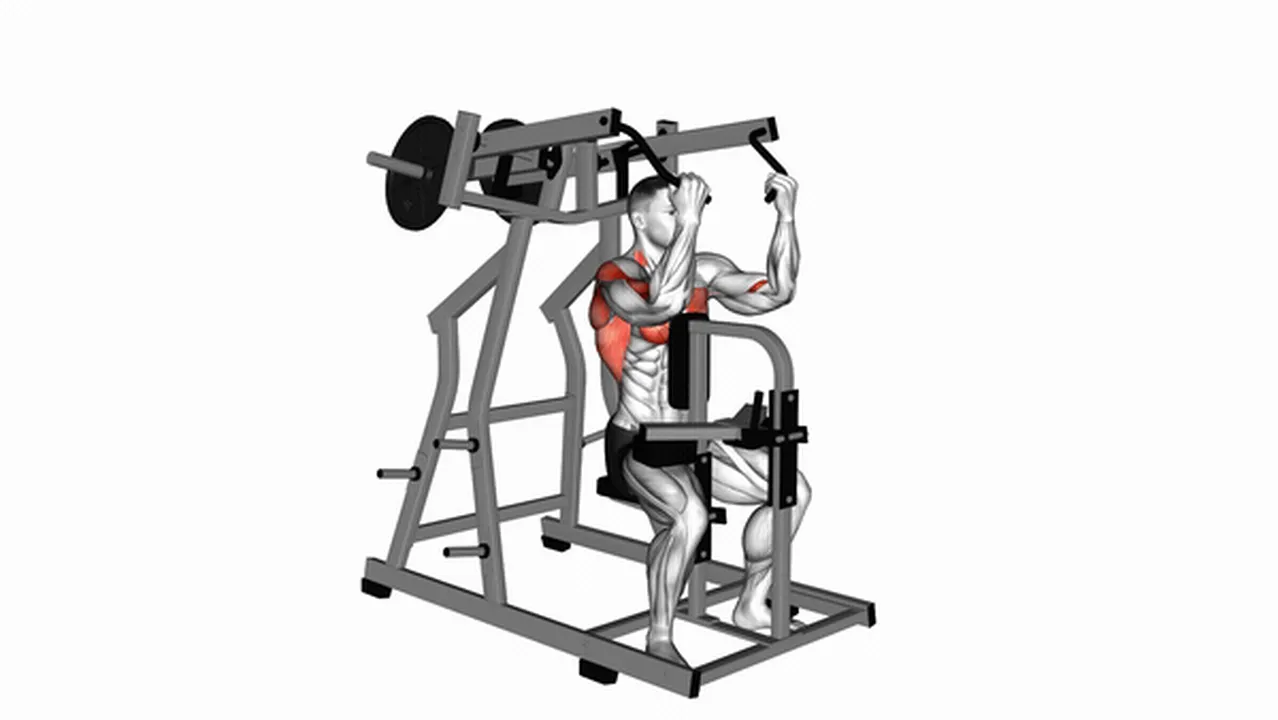
Common mistakes during Lever Reverse Grip Lateral Pulldown
1.
Start Light: Using too much weight is a recipe for bad form and potential injuries. Begin with a weight you can easily control throughout the entire exercise. Gradually increase the weight as you get stronger and more comfortable with the movement.
2.
Keep Your Posture Upright: Avoid leaning too far back during the exercise. Maintain a straight back and engage your core muscles to keep your body stable. Leaning back shifts the focus away from your back muscles and puts unnecessary strain on other parts of your body.
3.
Control the Weight: Don't let the weight swing or rush the movement. Slowly and deliberately pull the bar down, feeling your back muscles working. Then, just as slowly, return the bar to the starting position. This controlled movement helps build strength and prevents injuries.
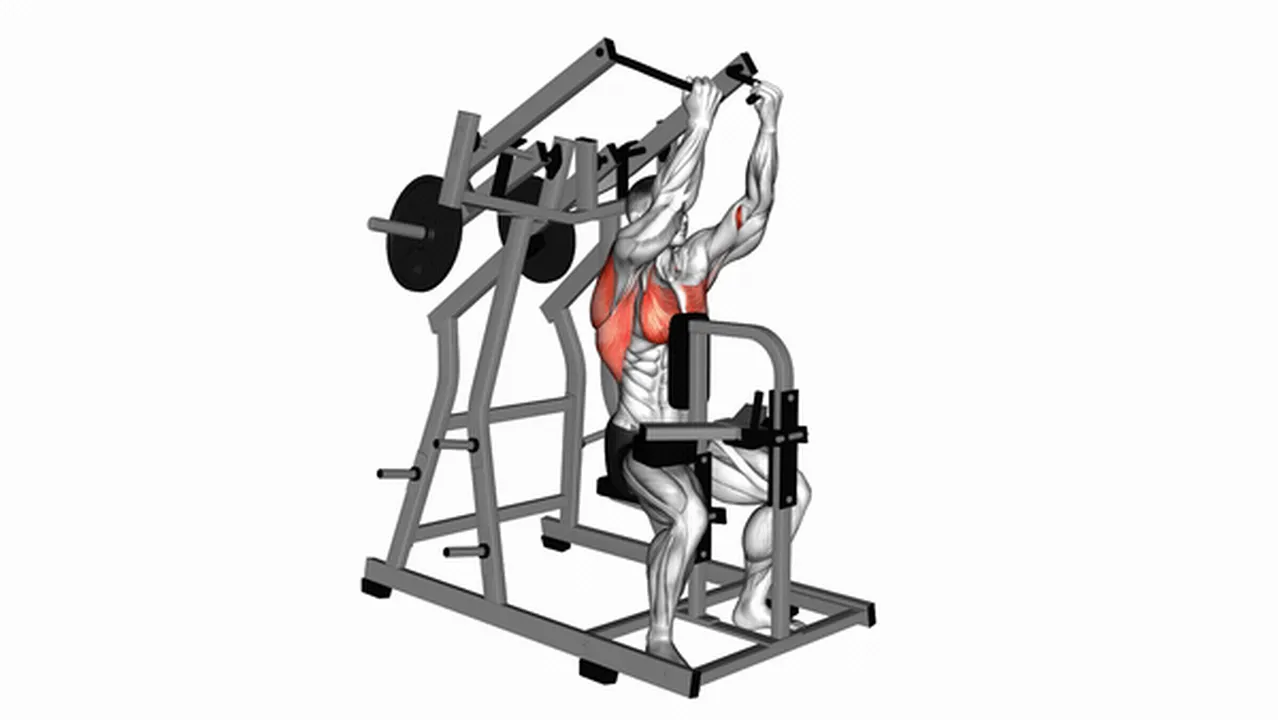
Takeaway
1.
It helps you get stronger overall.
2.
Proper form is key to getting the most out of this exercise and avoiding injuries. This means keeping your back straight, pulling the bar down to your chest, and controlling the weight on the way up.
3.
Common mistakes to avoid include using too much weight (which can lead to bad form and injury), arching your back (which puts stress on your spine), and not fully extending your arms at the top of the movement (reducing muscle activation).
4.
Focusing on controlled movements will help you build more muscle and improve your strength. Don't rush the exercise; feel the muscles working.
5.
This exercise works many back muscles, making it a very effective way to improve your overall back strength and size. It's a good choice for people at all fitness levels, once they master the proper form.
6.
Start with a weight that you can comfortably control with good form. As you get stronger, you can gradually increase the weight.
 Zylo AI
Zylo AI
Free Calorie
Counter
App






Disclaimer: The routines and schedules featured on our website are for informational purposes only and do not constitute medical or professional advice. Individual preferences, goals, and daily routines may vary significantly. Please note that some product links within our content are affiliate links. While not all routines have been explicitly endorsed by the individuals mentioned, we strive to ensure the accuracy and timeliness of the information we provide.
Disclaimer: Zylo AI(BR) does not provide medical advice, diagnosis, or treatment. Any information published on this website or by this brand is not intended as a replacement for medical advice. Always consult a qualified health or mental health professional with any questions or concerns about your mental health.
